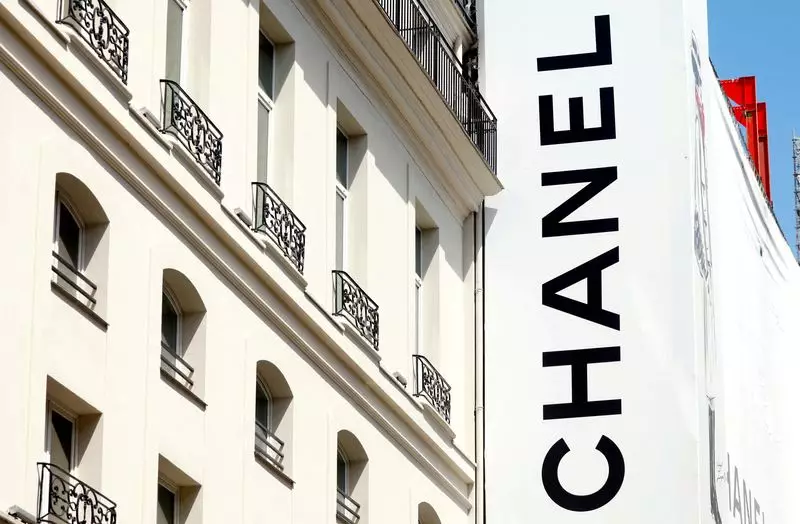The recent departure of Chanel’s top designer has sent shockwaves through the luxury fashion industry, prompting speculation about the future direction of the brand. Chanel, along with other major players like Louis Vuitton and Dior, has relied heavily on marketing new styles from high-profile designers and increasing retail prices to drive sales growth. However, with consumers becoming more discerning and the cost of living rising, this strategy may no longer be sustainable.
In recent years, major luxury companies have implemented significant price increases, with an average hike of 33% since 2019. These price hikes have accounted for a substantial portion of the industry’s organic sales growth, highlighting the importance of pricing strategies in driving revenue. Chanel, for example, reported a 16% sales growth last year, with price increases accounting for more than half of the increase.
As luxury prices continue to soar, consumers are beginning to push back against exorbitant costs. Even devoted Chanel fans have criticized the brand for its multi-year spike in bag prices, questioning the value of these luxury goods. The increase in prices has raised concerns that luxury brands may be pricing out or alienating consumers, leading to limited growth opportunities in the short term.
Luxury executives are now grappling with the challenge of appealing to a broader range of consumers while maintaining their exclusivity. Brands like Saint Laurent have taken the bold step of lowering prices on certain products, signaling a shift towards more consumer-friendly pricing. Similarly, Gucci is balancing super-pricey items with more accessible options, such as $200 ankle socks, to attract aspirational shoppers.
The luxury fashion industry is at a crossroads, as demographic shifts and economic uncertainties reshape consumer behavior. Brands must now cater to a diverse range of customers, from ultra-wealthy individuals to younger, aspirational shoppers. This calls for a reevaluation of pricing strategies and a focus on delivering value to consumers. Luxury brands that can adapt to these changing market dynamics will be well-positioned for future growth and success.

